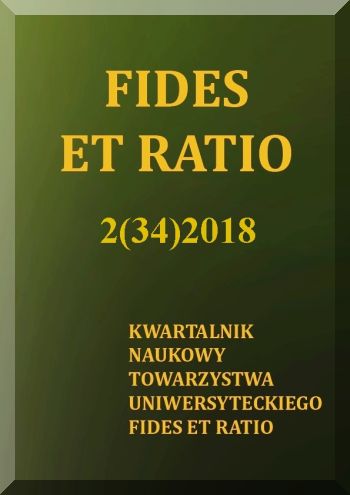Abstract
On the basis of the considerations included in this article, it is possible to draw the following conclusions: 1) - Mental disability has a special place among all types of disabilities as it is situated on the margins of society. It is characterised by general intellectual ability which is lower than the average and is combined with a number of various malformations as well as a diversified degree of disorders in the moral, cognitive, motor, emotional and social spheres. Nonetheless, accepting the limitations of mentally disabled individuals, one may notice their potential abilities, which can be developed with the use of music. 2) Comparing the results of different authors dealing with the issue of therapeutic effect of music on humans, we may state that music modifies the functioning of different systems and organs in the human body. In the social dimension, participation in a group making of music develops the sense of social belonging and prevents the feeling of alienation. Therefore, music helps improve the functioning of a human in the physical, psychical, cognitive and social spheres. 3) The exercises presented here – based on musicotherapy models prepared on the basis of theoretical concepts taken from various sciences – make it possible to get to know the body and its abilities, which influences the development of the gross and fine motor-coordination. The aforementioned exercises intensify the cognitive processes, stimulating: the ability of concentration, attention, memory, speech development. They shape and strengthen interpersonal relations, cement group affiliation. Therefore, they may prove to be helpful in aiding the development of individuals with a moderate level of mental disability.
References
Borkowska A.R., Domańska Ł. (2018), Neuropsychologia kliniczna dziecka, Warszawa: Państwowe Wydawnictwo Naukowe.
Kierył M. (1995), Mobilna Rekreacja Muzyczna. Łatwa technika profilaktyki i terapii muzycznej, Warszawa: Państwowe Wydawnictwo Naukowe.
Kisiel M. (2007), Pedagogiczno – dydaktyczne aspekty wykorzystania muzyki w stymulacji rozwoju dziecka, Dąbrowa Górnicza: Wyższa Szkoła Biznesu.
Konieczna–Nowak L. (2013), Wprowadzenie do muzykoterapii, Kraków: Oficyna Wydawnicza Impuls.
Krzysteczko H. (2000), Pomoc w dojrzewaniu do miłości, małżeństwa i rodziny, Katowice: Wydawnictwo Powiernik Rodzin.
Pędzich Z. (2014), Wprowadzenie, (W:) Z. Pędzich (red.), Psychoterapia tańcem i ruchem. Terapia indywidualna i grupowa, s. 10 -16, Sopot: Gdańskie Wydawnictwo Psychologiczne.
Przepiórka L. (2003), Wpływ seansów akustyczno – wibracyjnych na dzieci agresywne umysłowo upośledzone w stopniu lekkim, (w:) Y. Schftan, A. Stadnicki (red.), Terapia akustyczno–wibracyjna Musica Medica w oddziaływaniach zdrowotnych i pedagogicznych, s. 115–118, Warszawa: Wydawnictwo Akademii Pedagogiki Specjalnej.
Stachyra K. (2014), Wstęp do muzykoterapii, (w:) K. Stachyra (red.), Podstawy muzykoterapii,
s. 13-52, Lublin: Wydawnictwo Uniwersytetu Marii Curie-Skłodowskiej.
Wasiela A. (2004), Wpływ muzyki na wybrane aspekty funkcjonowania człowieka, Nowiny Psychologiczne nr 3, s. 33 - 43.
Woźniczka E., Muzykoterapia w procesie wspomagania rozwoju oraz terapii dzieci i młodzieży z niepełnosprawnością intelektualną, www.arteterapia.pl/muzykoterapia-w-procesie-wspomagania-rozwoju-oraz-terapii-dzieci-i-mlodziezy-z-niepelnosprawnoscia-intelektualna (dostęp: 16 kwiecień 2018).
